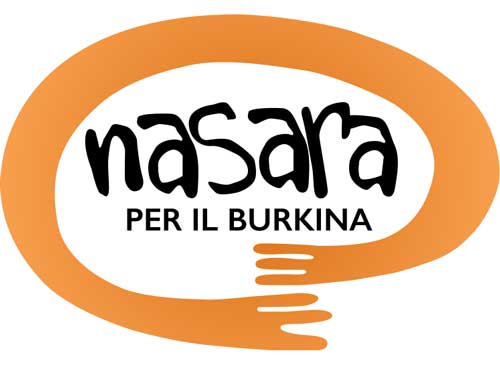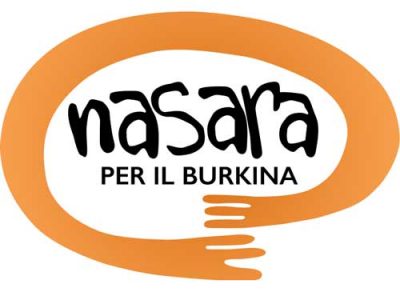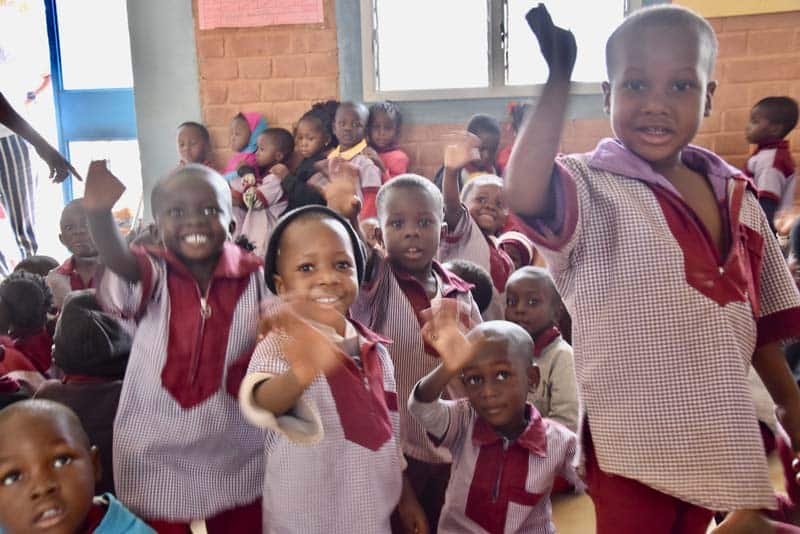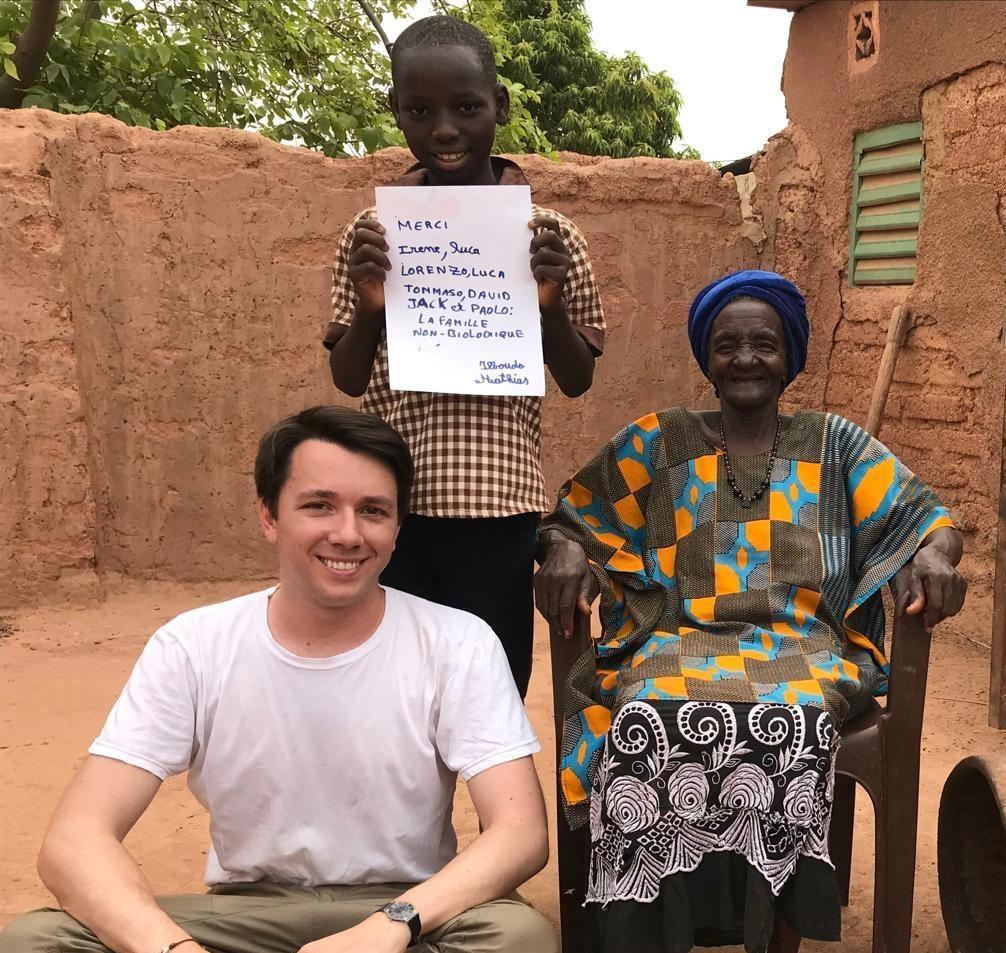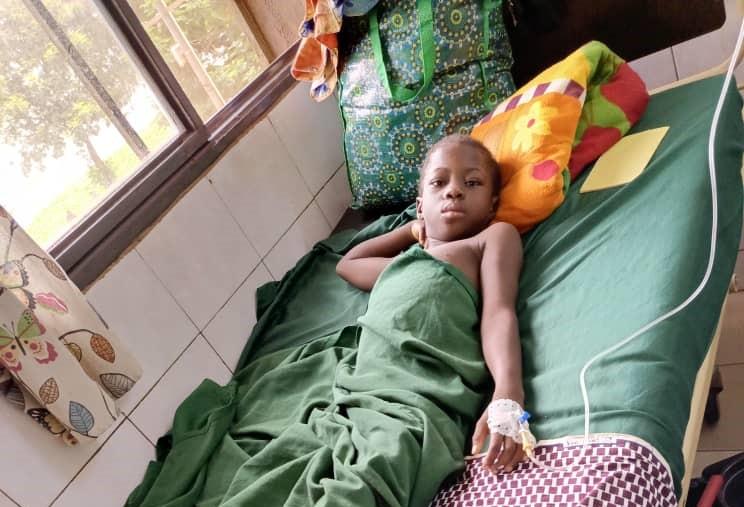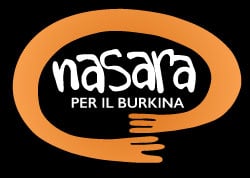For years, the fight against certain diseases such as AIDS, malaria and leprosy has mobilised governments, international governmental and non-governmental organisations. In very poor countries such as Burkina Faso, these diseases are considered endemic, and despite the efforts made to increase information, which is the basis of all prevention, an increase in the incidence of these diseases can be observed due to inappropriate behaviour. Most affected are of course the weaker sections of the population and children, who are affected from birth. Experience has shown that complex diseases such as AIDS require the interaction of several institutions, not just health institutions, and a multidisciplinary cooperative system.

In Burkina Faso, so-called ‘public’ health care is on a fee-for-service basis and the population finds it financially impossible to meet the costs of even a mild illness, let alone what insurmountable difficulties AIDS treatment can mean
Many non-governmental associations, both secular and religious, have built and run a number of hospitals in an attempt to fill some of the major gaps in the public health system.
One of these hospitals is the CANDAF in Ouagadougou, the capital of Burkina Faso, which in just a few years has become the reference point for central Africa, since AIDS patients from all neighbouring countries are received and treated free of charge in its facilities. Added to this health problem, which is reaching incalculable proportions, are collateral problems of no less gravity. The sick come to the centre accompanied by their families or their children who therefore find themselves gravitating, like ‘satellites’, around the hospital area in situations of abandonment, promiscuity and insufficient hygienic conditions.
Objectives
In line with UNESCO’s indications, this project wanted to pursue “A cultural approach to AIDS prevention” by resorting to popular theatre, as a means capable of involving different age groups, but especially children, and of stimulating through images and play an awareness and consciousness that are the foundations of all prevention.
Our theatre proposal is therefore an active theatre, aimed at integrating figures, images and characters from local tradition with an educational message, and where the actors are the ‘satellite’ children themselves. The show has been opened up to the outside world and is designed as a means of disseminating information: a travelling theatre.
This theatre is the point where the guidelines of our project converge, so to speak the budding part of our prevention tree.
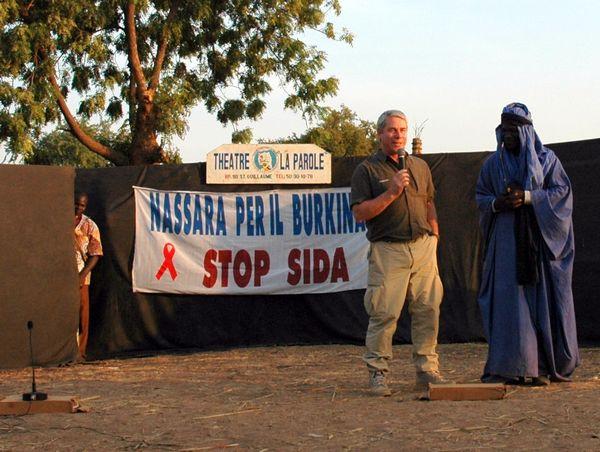
- The first of the branches of this tree is the creation of a ‘minimal outpatient clinic’ to assess the sero-positivity of these ‘satellite children’, collect their data, carry out recalls in due course and follow their treatment.
- The second of the branches concerns the creation of a space where these children can stay and thus improve their hygienic condition.
- The third branch is the organisation of a theatre workshop for the construction of puppets and all the material needed for performances.
- The fourth branch includes the training of local animators capable of continuing the course of this project once the theatre troupe from our project has left
Recipients
It was children and adolescents who normally have little knowledge of the problem and are more susceptible to infection both within the family and in their home villages.
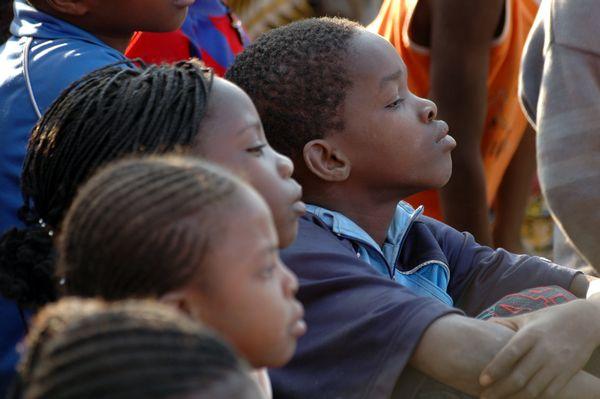
In particular, the project consisted of the following activities:
- we formed a group of health professionals to identify the topics to be developed and outline their scientific and prevention content
- we formed a theatre troupe that, taking into account the health and prevention issues to be developed, will identify the types of performances and the ways of involving the audience
- we have identified the timetable and the places where the actions are to be concentrated
- we formed a troupe of animators who, together with the actors, would involve the audience in the debate and keep track of the discussions and topics and pass the information on to the ‘minimum clinics’
- we then made it possible to disseminate the information obtained during the project
Achievements
The objectives that this project has achieved are:
- improving information on the age group
- promote greater receptiveness and acceptance of information on the virus
- raising awareness of the need for action and behavioural change
- involve young people in the realisation of these objectives
- self-help teaching among HIV-positive and AIDS patients
Place and period
The project took place in Burkina Faso in the provinces of Ouagadougou and Kaya during 2008-2009
